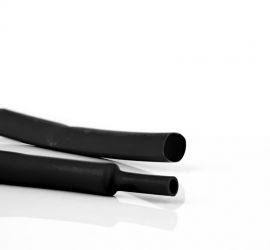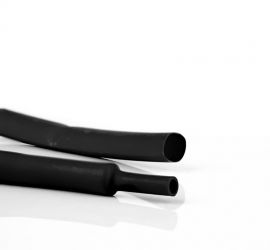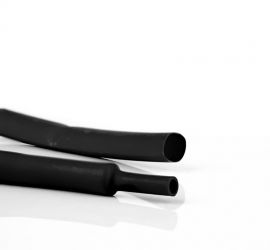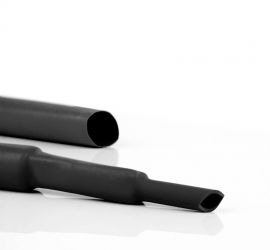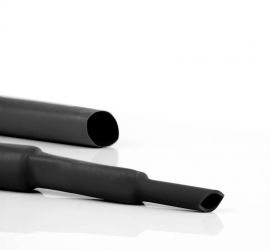How do you use heat shrink tubing?
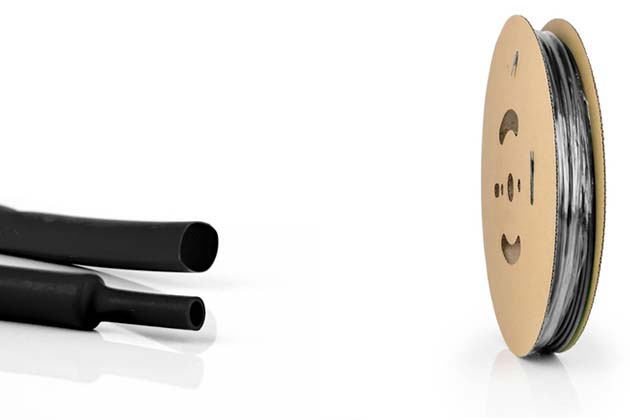
Posted on 30 March 2021
Heat shrink tubing is available in multiple types (thin-wall, medium-wall and heavy- wall), in multiple sizes, shrink ratio’s and with different operating temperatures. It can therefore be hard to find the right type of heat shrink tubing for your application. With this flowchart, we have made it easy to select to right type of heat shrink tubing. But how do you use / apply heat shrink tubing? Read it in our blog!
Applications of heat shrink tubing
Heat shrink tubing is used for a wide range of applications, including the assembly, protection, reparation and marking of cables. Marking cables using heat shrink tubing can be done by using colored heat shrink tubing, or by have you pieces of heat shrink tubing printed.
Heat shrink tubing is often used for applications that involve electricity. Heat shrink tubing has insulating properties, which help limit the chance of wires creating a short circuit.
The advantages of heat shrink tubing
As mentioned above, heat shrink tubing offers electrical protection. In addition, heat shrink tubing also offer ‘mechanical’ protection: the tube protects cables from damaging due to friction, and offers cut-resistance. The degree of protection depends on the type of heat shrink tubing.
How to use heat shrink tubing
When you have found the right type of heat shrink tubing and want to use it to protect a cable, there are five steps that you should take to make sure that the piece of heat shrink tubing is applied properly.
- Measure the diameter of the cable on which the heat shrink tubing will be used. Make sure that the piece of heat shrink tubing slides over the cable easily before it is being shrunk, but the piece should fit tightly around the cable after it has been shrunk. Heat shrink tubing always has a certain ‘shrink ratio’, indicating the extent in which the piece of heat shrink tubing will shrink. When a type of heat shrink tubing has a 2:1 shrink ratio, this means that a piece of heat shrink tubing with a inner diameter of 16 millimeters, will shrink to an inside diameter of 8 millimeters. Always use heat shrink tubing with an after-shrink inner diameter that is slightly smaller than the diameter of the cable. For example, do not use heat shrink tubing with an after-shrink diameter of 8 millimeters on a cable with a diameter of 7 millimeters. A proper, fully sealing fit cannot be guaranteed when doing so.
- Measure the length of the cable on which the heat shrink tubing will be used and cut off a piece of heat shrink tubing that is slightly longer. Next to the ‘normal’ shrinking, in diamater, heat shrink tubing also always has some longitudinal shrinkige – about 1% to 10% of the length. Keep this in mind when cutting the pieces of heat shrink tubing.
- Cut the heat shrink tubing in the desired length.
- Slide the piece of heat shrink tubing over the piece of wire / the cable on which the heat shrink tubing will be shrunk.
- Use a hot air gun to heat the piece of heat shrink tubing, which will cause it to shrink. Move the hot air gun along the length of the heat shrink tubing, from left to right, to make sure that the heat is not focused on one piece of the cable or tube for too long – this could damage the cable and the heat shrink tubing. Do you not have a hot air gun? Then use a gas burner or a soldering device. Hold these close to the heat shrink tubing, but make sure that they do not damage it!
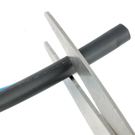
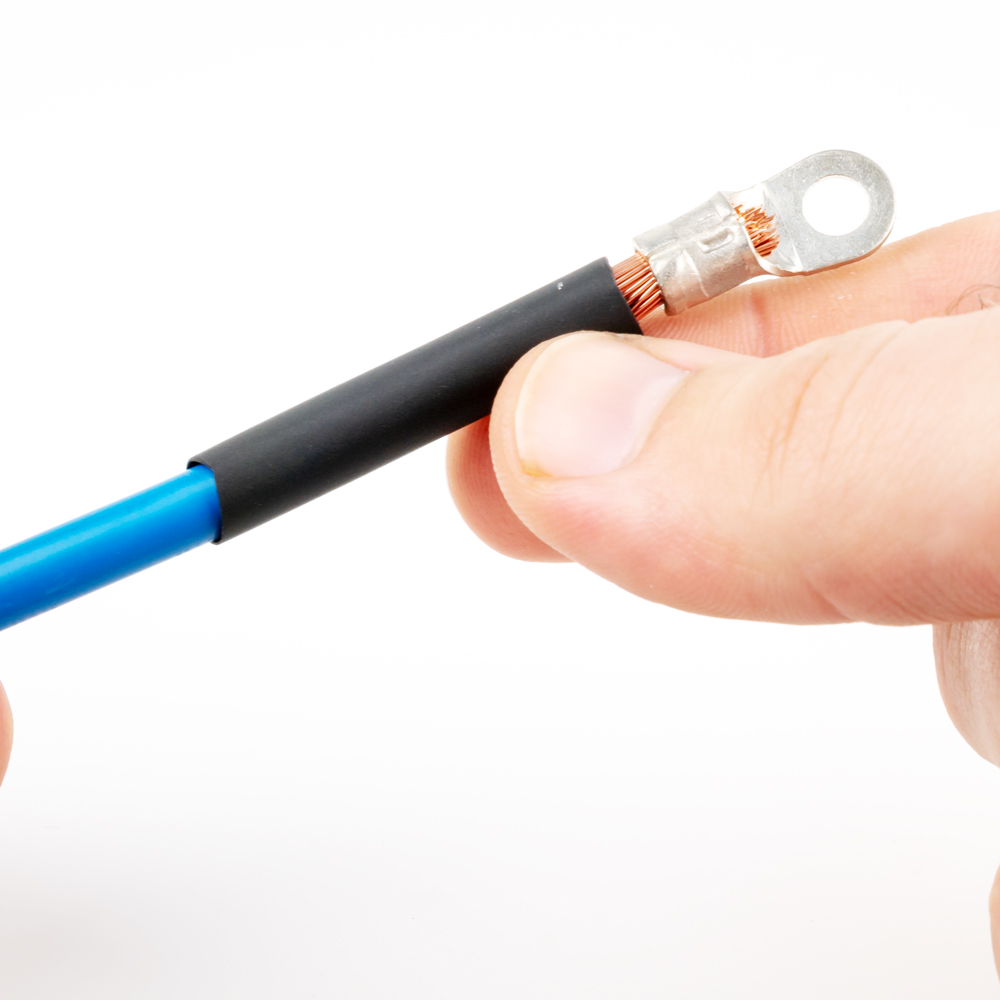
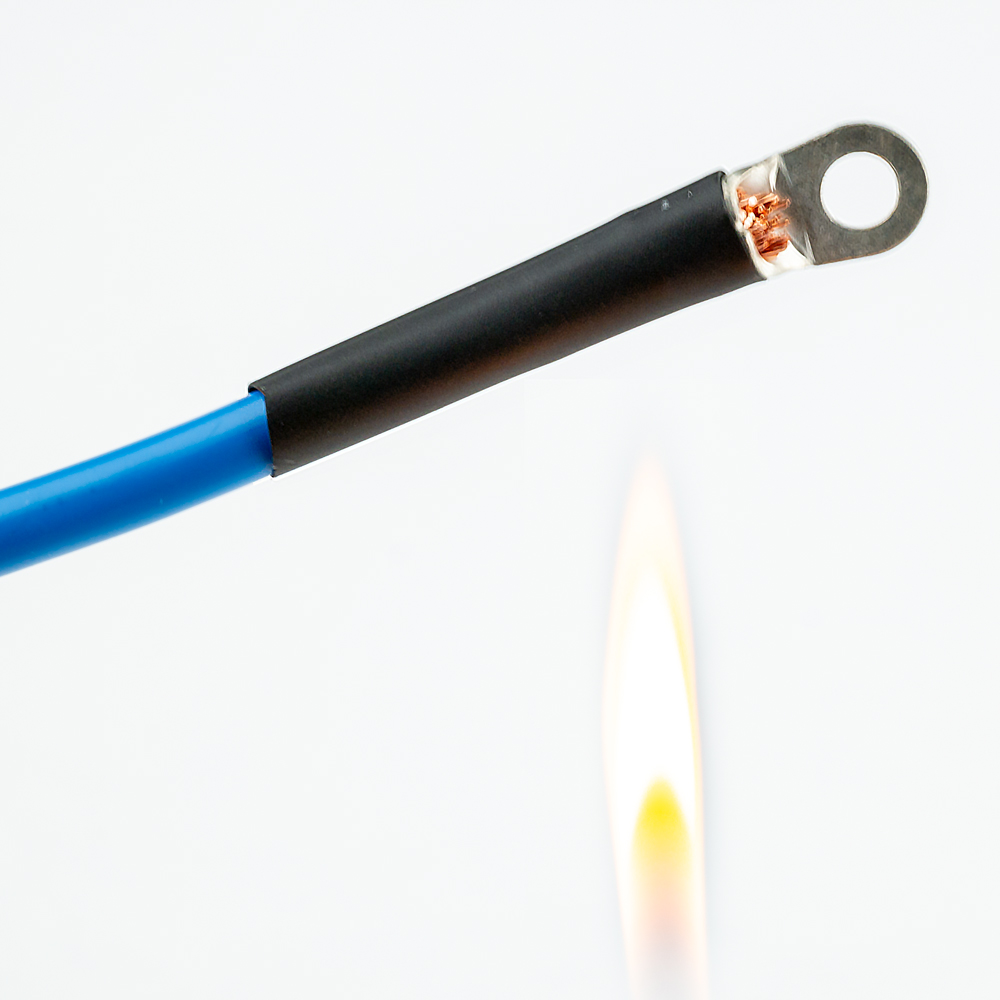
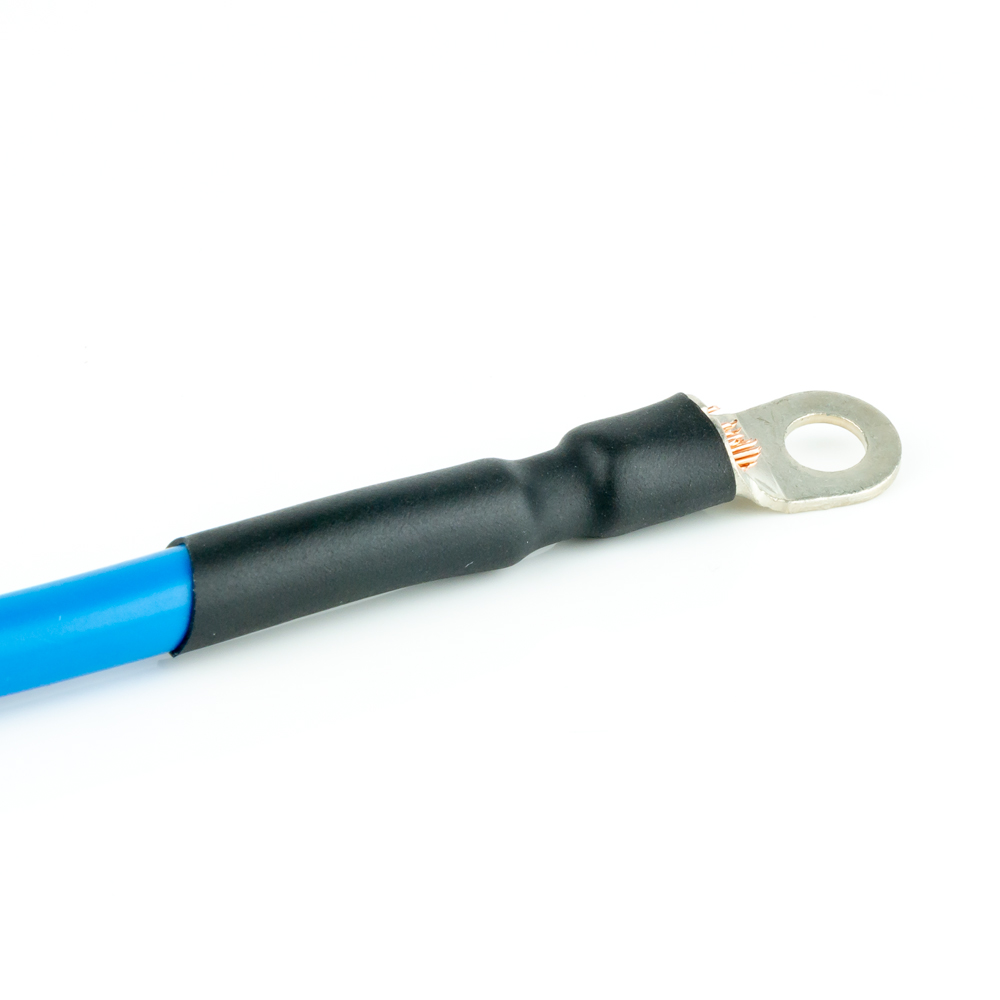
Curious with regards to the types of heat shrink tubing that WKK offers? View our full assortment here!








